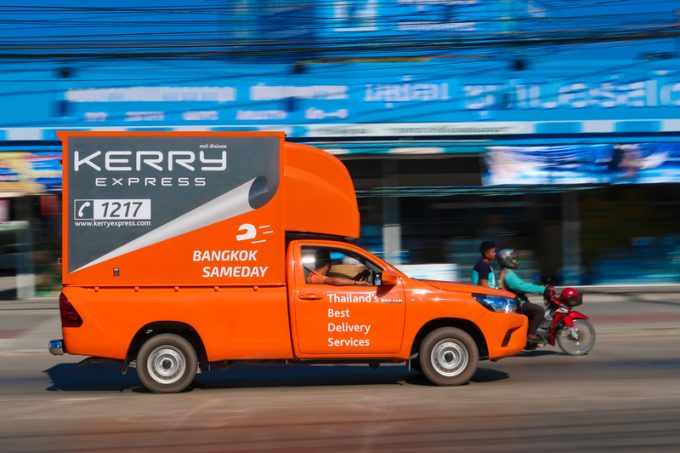Analyst corner: the Kerry Logistics–Sinotrans dichotomy
Seemingly chasing stock prices, for both

Last week, Kerry Logistics unveiled a new air-sea offering from Europe to markets ‘down under’.
The Hong Kong-based logistics firm moves freight from eight European countries by air to its home base, where the cargo gets transferred to ocean services to Australia and New Zealand.
The service provides daily uplift from the UK, Spain, France, Italy, Belgium, The Netherlands, Germany, Sweden and Turkey, with transit times of 20-24 days to Sydney and Auckland.
According to Kerry, the service is half the price of airfreight at three times the speed of ocean cargo on the same lanes.
“We have been looking for innovative ways to help customers facing issues due to the situation in Red Sea, which has dramatically increased seafreight transit times to somewhere in excess of 60 days between Europe and Oceania,” said Emma Rowlands, Kerry’s strategic sales director for Europe.
Multimodal services are in demand as a result of Red Sea and Panama Canal disruptions to ocean shipping. Kerry has reported lively interest in its new solutions, which include sea-air transport from Chinese seaports to European airports, where the first leg is by ocean carrier to Dubai for airborne carriage to Europe. This takes 16-21 days and is 40% cheaper than regular airfreight and 40% faster than end-to-end ocean transport.
Other offerings include a road-air service with transit time of 15-20 days to Europe and a road-rail option that takes about 25-30 days.
Some traffic from Asia to Europe moves over US west coast gateways, primarily Los Angeles, noted Kim Ekstroem, COO global air cargo of Shipco Transport, the wholesale subsidiary of Scan-Group. This sea-air option is primarily used for cargo from China, Hong Kong and South-east Asian origins like Vietnam.
From South Asia, transits via the US would be too expensive, so a sea-air option via Dubai is the more suitable route, he said.
“We have daily sailings from Shanghai to Los Angeles,” he added. “In order to do sea-air, you don’t need a full container. We consolidate traffic from multiple forwarders.”
For cargo headed for Europe that originates in north-east Asia, Seattle is a transit point for sea-air service, but volumes are less than on the sector from China to California, he said.
While the routing from east Asia to Europe via the US west coast is competitive with mixed modal offerings through the Middle East, sea-air is hardly an option for Asian traffic headed to the eastern US.
“There’s very little interest to North America. From Asia Pacific you can ship direct to the US west coast,” Mr Ekstroem said.
This even applies to flows from Asia to points on the east coast of South America, which have faced disruption owing to the low water levels in the Panama Canal. Shipco has not seen any sea-air services via the west coast of Panama.
“You can truck from LA to Miami in two days, and fly from there or put it on a ship. Why fly from Panama?” Mr Ekstroem asked.
Buthe does not regard a mixed-modal solution as a long-term option for shippers.
“As soon as the (airfreight) rate gets a bit lower, sea-air disappears,” he said. “You need higher rates out of Asia or disruption for sea-air to become appealing.”
Comment on this article